Liverpool’s relentless red machine saw its key components dealt a cruel blow last season to disrupt a champions press but that is all to change in the coming season, writes Samuel Cox.
Last season’s compressed schedule and next to no pre-season ensured Liverpool suffered their worst run of injuries in recent memory, and noticeable holes in their pressing game opened, but they should not face the same issues in the season ahead.
Before Liverpool’s fantastic late-season run to claim third spot, there was a narrative that the reigning champions had lost their way. Certainly, they were no longer the metronomic winning machine of the season prior.
However, it was noticeable that Liverpool was still playing on the front foot and often still dominating territory, while often fading or conceding late.
A wider shift that occurred across the Premier League last year was a reduction in pressure acts, most notably with Manchester City who, under Pep Guardiola, are almost as religious in their high press as Jurgen Klopp.
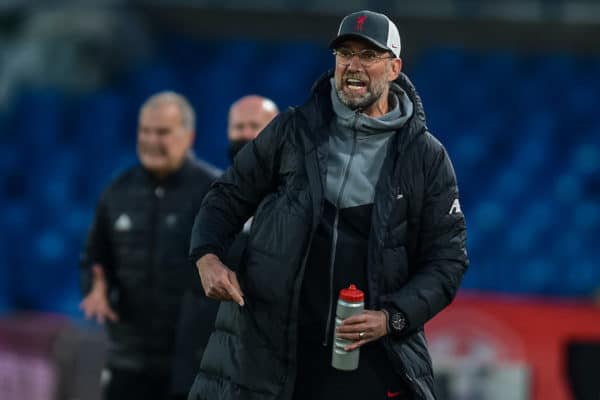
The Guardian‘s Jonathan Wilson identified this shift midseason: by early January Manchester City had reduced their presses per game by 21.8% on season 2018/19 levels, noting how with a reduced pre-season and tightened schedule it had been a pragmatic change in game style by Guardiola which had greatly benefitted their defensive record.
By mid-February Liverpool led the way in attacking third pressure acts by a considerable margin:
Most pressures in the attacking third per 90' – Premier League (@FBREF)
1. Liverpool – 42.1
2. Leeds United – 37.3
3. Sheffield United – 36.0
4. Manchester United – 33.3
5. Manchester City – 32.9— James Nalton (@JDNalton) February 15, 2021
By seasons end, all these teams had improved their averages, but Liverpool had pushed even harder and opened an even bigger lead, averaging a whopping eight more attacking third pressure acts per 90 minutes than the second-ranked team Leeds, and nearly 10 more than the fourth-ranked team in this metric and eventual champions Manchester City.
Indeed, while City showed a significant 20% reduction from the 2019/20 season in attacking third pressure acts per 90 minutes, Liverpool had an almost negligible 4% reduction.
Perhaps this is not surprising, as Klopp’s Reds show an almost religious adherence to the high press, their first article of faith is after all is that their ‘identity is intensity’, but amidst a compressed schedule, next to no pre-season and a raft of injuries, Liverpool were unable to adapt their game style.
The pressing problems faced were not problems in isolation, they were completely imbricated within the wider injury crisis pervading the squad – being both a cause and effect – and of course fan-less football.
For one, it is likely that had Liverpool still had Virgil van Dijk alongside Joe Gomez at the heart of their defence, the team would have remained defensively solid.
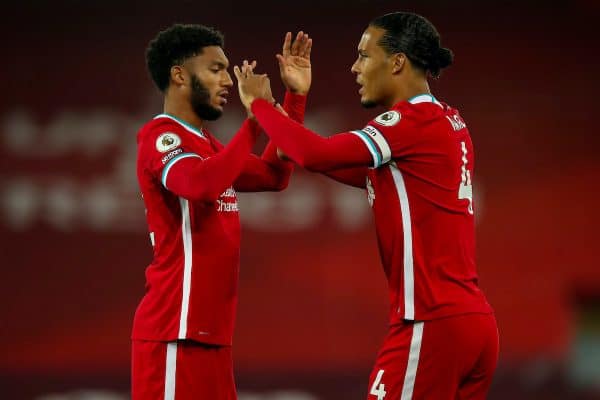
A key part of Liverpool’s worst form mid-season involved an ever-revolving cast of centre backs, which by seasons end would total 20 partnerships, and disruption to the all-important midfield in front of them.
With Fabinho cycling between defence, midfield and the treatment table, Henderson absent at key points and Thiago adapting to Liverpool’s game on the fly, the Reds’ worst performances coincided with a breakdown and exploitation of their high-pressure game style, in midfield and transition.
In some ways, Liverpool’s defence regressed to its pre-Van Dijk mean.
In July 2018 I wrote a piece on This Is Anfield following the Dutchman’s first season at the club, noting the incredible improvement in Liverpool’s defensive record.
In the 24 games of the 2017/18 season preceding Van Dijk’s arrival Liverpool statistically averaged 1.17 goals per game conceded, which reduced to a remarkably low 0.71 goals per game following the Dutch international’s inclusion in the team.
Ultimately, despite the fact that during their run of poor form the record dipped lower, by the end of the 2020/21 season, Liverpool had conceded 42 goals across 38 games, for an average of 1.1 goals per game.
This suggests ultimately, Liverpool had done remarkably well.
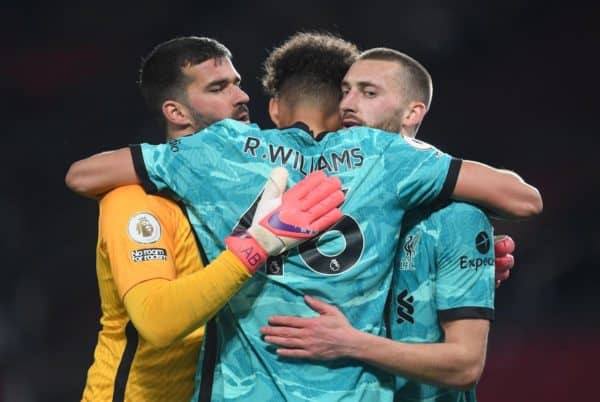
Having lost their three first-choice centre backs, dealt with injuries across the team which caused them to field a revolving door of centre backs for much of the season, before settling on a former Stuttgart loanee who played just 22 games in Germany, Nat Phillips, and a lanky kid who was playing non-league football the season prior, Rhys Williams, Liverpool ultimately finished with a superior defensive record compared to the end of the pre-Van Dijk era.
In hindsight, I think it is possible to say Liverpool did not adapt the best to the unique conditions presented to them last season.
However, when considering the 2020/21 season as a whole it is still possible, somewhat paradoxically and thanks to that remarkable end of season flourish which secured third place, to say Liverpool overachieved.
It is noticeable that Liverpool’s best run of form occurred when the fixture schedule relented and a settled team was fielded.
With a new centre back signed, key personnel returning and a solid pre-season underway and many of Liverpool’s international players avoiding significant playing time in the Copa America and Euros, there is every sign that the personnel issues will not return anew.
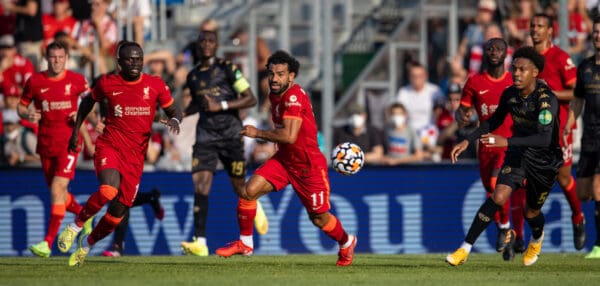
In addition, the new season will be the first in two years with a ‘normal’ fixture schedule, which should mean the strain on the squad from the Reds’ high-pressure game should be reduced to normal levels.
This should assist the Reds in implementing their high press, including their physical ability to execute it, their work on tactical tweaks on the training ground and having the right personnel on the field to execute on matchday.
Last season, one of Liverpool’s greatest weapons became their most pressing problem, which only led them to redouble and refine their efforts as the league’s most aggressive attacking pressure team, all of which should stand them in good stead for the season ahead.
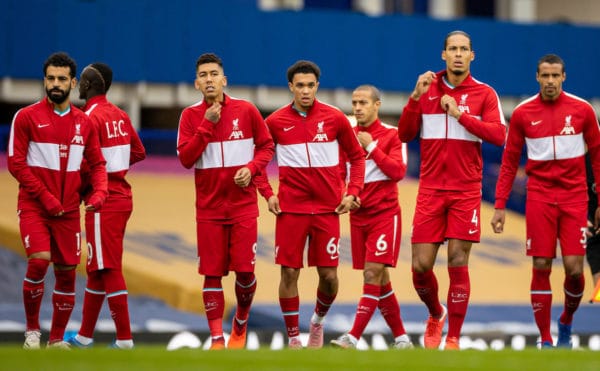


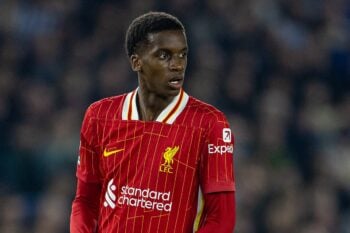

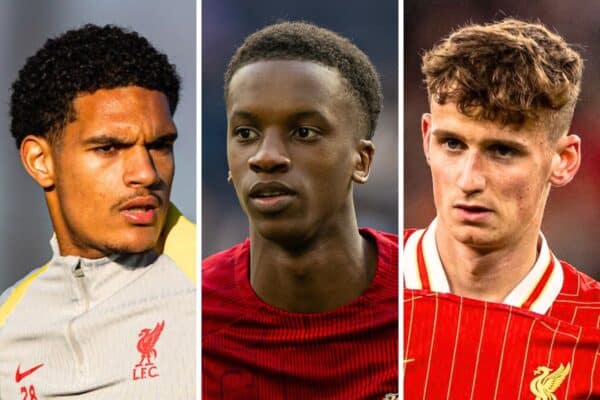
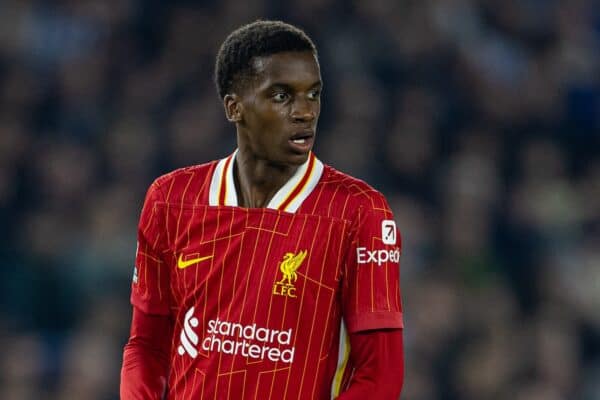
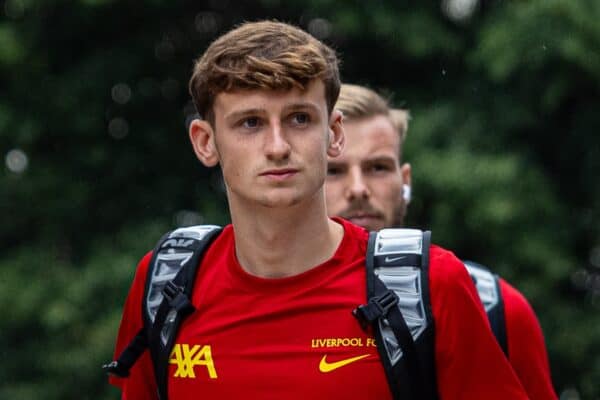


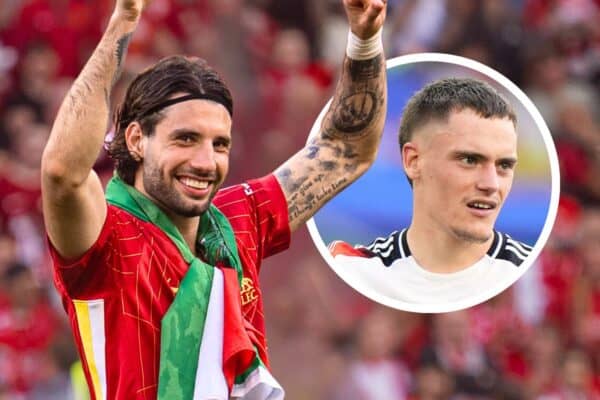
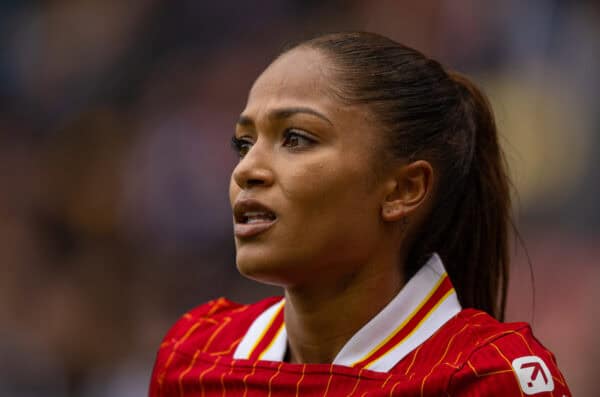
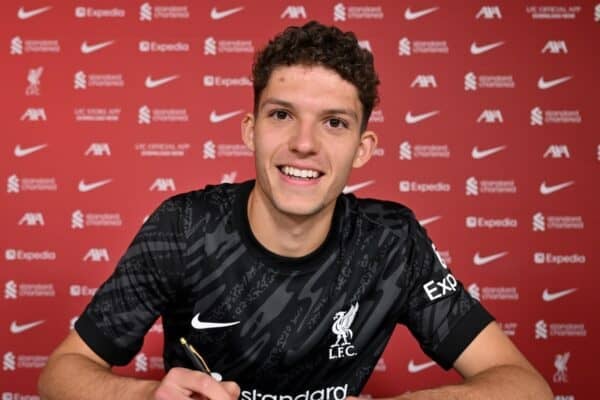

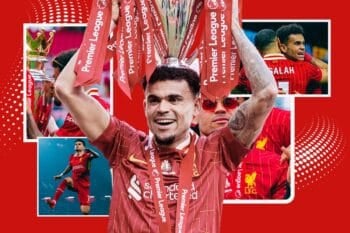
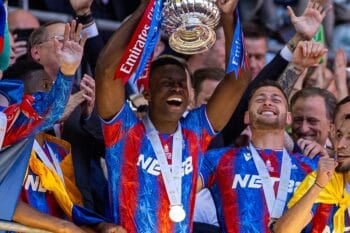

Fan Comments